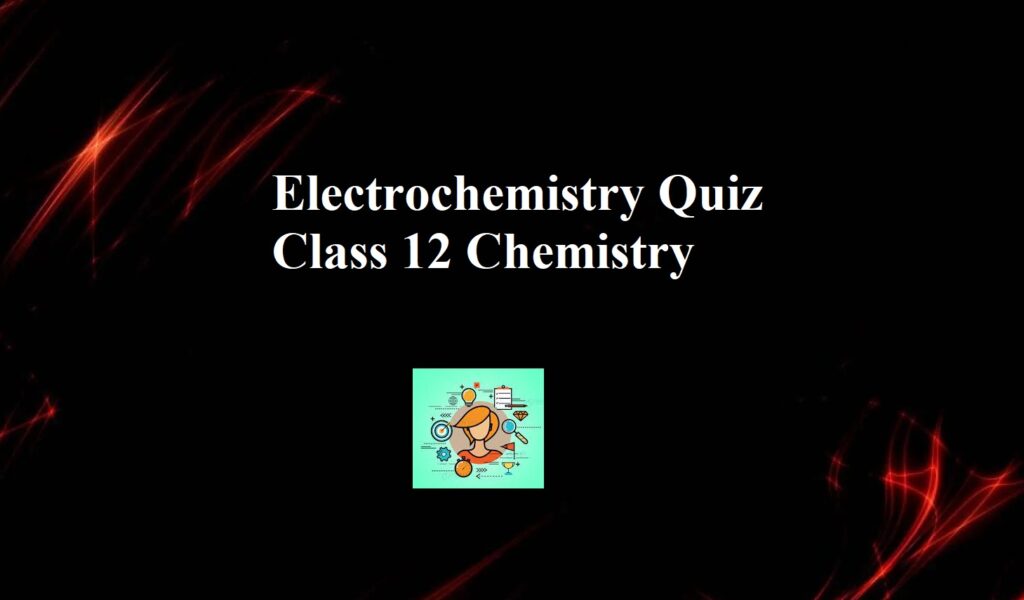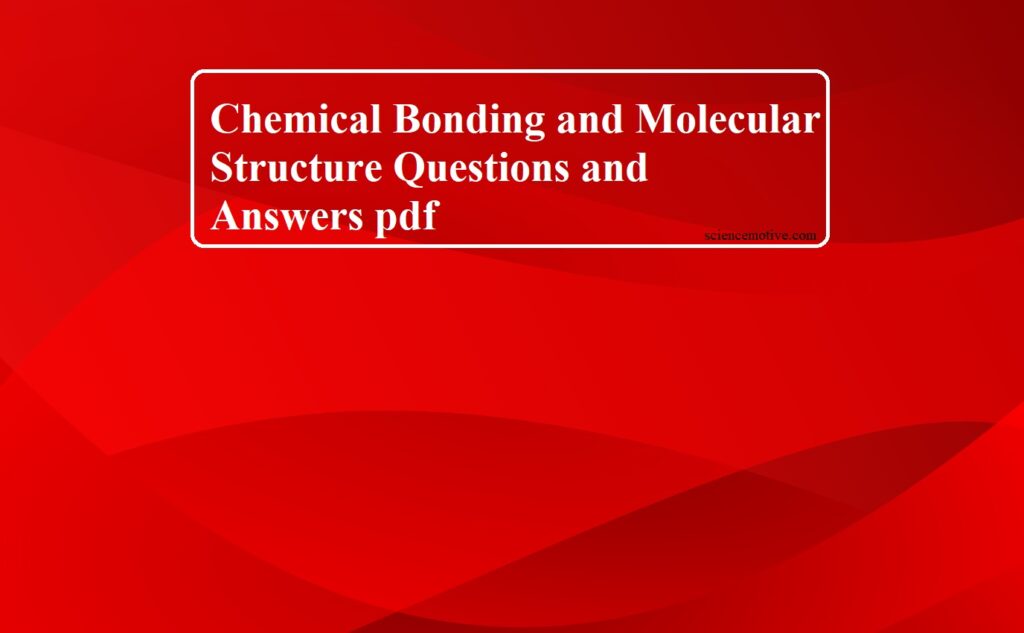Electrochemistry Quiz Class 12 Chemistry
The quiz Electrochemistry Quiz Class 12 Chemistry covers the whole chapter. The questions asked are important for both board examinations and various competitive examinations such as NEET, JEE, etc. Students will get exact marks along with the answers after the completion of the quiz.
Electrochemistry is the study of the production of electricity from the energy released during the spontaneous chemical reaction and the use of electrical energy to bring about non-spontaneous chemical transformations. The cells used for this purpose are Electrochemical Cells and electrolytic cells.
Electrochemical Cell: A cell that converts the chemical energy of a reaction to electrical energy.
A spontaneous chemical process is one that can take place on its own and in such a process Gibb’s energy of the system decreases. It is this energy that gets converted to electrical energy. The reverse process is also possible in which we can make non-spontaneous processes occur by supplying external energy in the form of electrical energy. These interconversions are carried out in an apparatus called Electrochemical Cells.
Electrolytic Cell: These electrodes are dipped in an electrolytic solution containing cations and anions. On supplying current the ions move towards electrodes of opposite polarity and
simultaneous reduction and oxidation take place.
ELECTROCHEMISTRY CLASS XII SOLVED NUMERICALS



